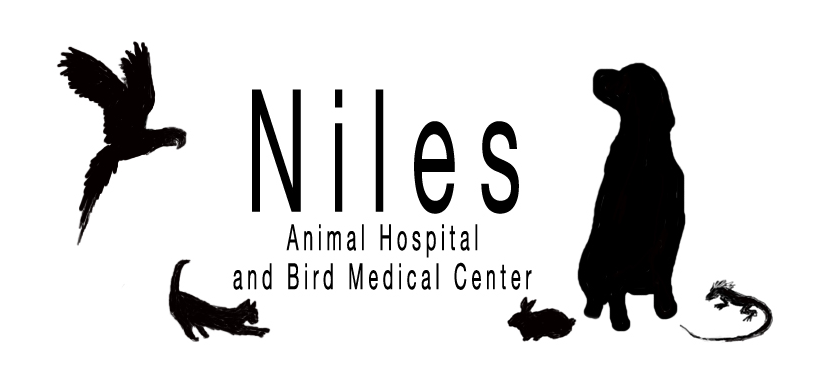Educational Articles
-
There are many methods and opinions described by various people to tame and train birds. This handout is designed to give some guidance to you during this process. Your patience may be strained, and you may sustain some bites, but the rewards of your new relationship with your bird will be fulfilling and long-lasting.
-
Tapeworms are parasites that infect the gastrointestinal tract of dogs, other animals, and humans. Several types of tapeworms are known to infect pets, but the most common species observed in dogs is Dipylidium caninum, which is transmitted through fleas. Risk factors, clinical signs, treatment, and prevention are explained in this handout. Other, less common types of tapeworms that affect dogs and humans are also covered.
-
Deafness does not affect a cat's learning abilities, but it does impact what kinds of cues they can learn. The keys to success are choosing a set of consistent signs and signals and learning what the cat finds rewarding. Deaf cats need special supervision such as leashing or a catio if allowed outdoors, and may startle more easily than cats that can hear, but otherwise can be trained with all the same methods used for a cat with normal hearing.
-
Deafness does not affect a dog's learning abilities, but it does impact what kinds of cues they can learn. Two keys to success are choosing a set of consistent signals and learning what the dog finds rewarding. Deaf dogs need special supervision such as leashing and safe fencing and may startle more easily than dogs that can hear, but otherwise can be trained with all the same methods used for a dog with normal hearing.
-
Polytetrafluoroethylene (PTFE) is used as a non-stick coating on cookware. Teflon is the most well-known brand name of PTFE-based coatings. When PTFE is heated to high temperatures, it releases toxic particles and acidic gases that are toxic when inhaled. Birds are particularly sensitive to inhaled toxins or poisons and can be poisoned by PTFE even if they are not in the same room. Sadly, sudden death may be the only sign of PTFE poisoning.
-
Telehealth is a broad term that refers to the use of telecommunications to provide health-related services. Telehealth services can be delivered by a variety of methods including telephone, text messaging, internet chat, and videoconferencing. Teletriage is the act of performing triage remotely, via telephone or internet and helps determine the urgency of your pet’s medical concern. Telemedicine refers to the practice of medicine at a distance. In the context of veterinary medicine, telemedicine refers to a veterinarian formulating a diagnosis and treatment plan for your pet without an in-person examination. Telemedicine is typically only permitted within the context of an existing Veterinarian-Client-Patient Relationship. Given the current COVID-19 pandemic and social/physical distancing requirements however, some federal and local governments have relaxed the requirements surrounding telemedicine.
-
Telemedicine is defined as the act of practicing medicine at a distance. Telemedicine can be offered in a number of different ways: telephone calls, text messaging, online chat, email consultations, and visits conducted through videoconferencing programs. Telemedicine is not appropriate for every concern, such as a pet hit by a car; however, a number of common veterinary complaints can be addressed via telemedicine (e.g., flea allergies, minor limping, mild diarrhea). While it is impossible to perform a complete, comprehensive exam during a telemedicine appointment, in many cases your veterinarian can gather enough information to arrive at a reasonable diagnosis and start treatment. If your veterinarian determines that your pet requires in-person care, your veterinarian can help you determine when and where your pet should be seen and may be able to give you an idea of what to expect during the in-person veterinary visit.
-
Wellness testing, performed routinely on apparently healthy birds, screens for underlying, hidden problems. Veterinarians also use test results in conjunction with physical examination findings and the owner's account of the bird's history to diagnose illnesses. Blood tests include the complete blood count and chemistry profile. Other tests your veterinarian may use to assess your bird's health and diagnose disease are discussed.
-
Walking your dog is a simple task that has a positive impact on many aspects of overall health. Both human and canine obesity are a problem. Walking your dog is a great start to fulfilling the recommendations for you and your family by the World Health Organization, and leads to a healthy, happier dog
-
This handout summarizes the differences between brand name and generic medications. Included is an explanation as to why both forms of medications exist, as well as things to watch out for when opting to use or request a generic medication. Cost savings for generic medications are also discussed.

